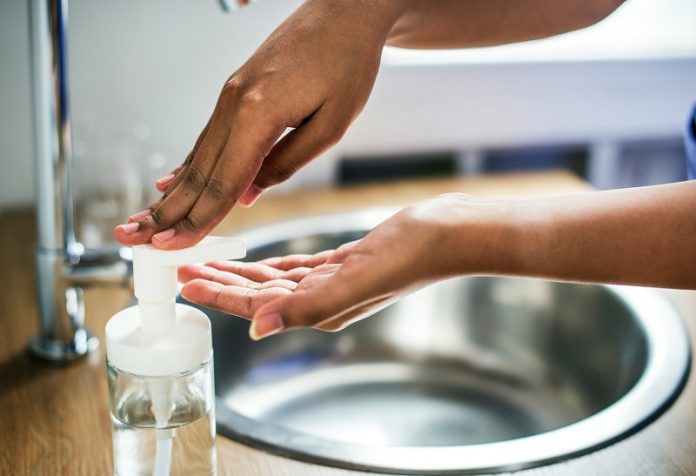
Plastic pollution is one of the world’s biggest environmental problems, but an exciting new discovery could help.
Scientists have found a way to turn plastic waste into useful products like soap, detergents, and lubricants.
This breakthrough offers hope for reducing plastic waste while creating everyday items.
Greg Liu, a chemical engineering professor at Virginia Tech, is leading this effort. His journey began years ago as a student at Zhejiang University in China.
During a trip to local chemical factories, Liu saw firsthand the damage caused by industrial pollution.
The experience inspired him to find solutions for a cleaner, more sustainable future.
“I saw pollution everywhere—water, soil, air,” Liu said. “I knew we had to change the way we work in the chemical industry.”
Liu moved to the United States to pursue his dream and earned a PhD in chemical engineering at the University of Wisconsin-Madison. Now, as a researcher, he’s developed a groundbreaking method to address plastic pollution.
Liu’s process involves two steps. First, plastics like polyethylene and polypropylene are broken down using heat in a process called thermolysis. His team built a reactor that heats plastic to 650-750°F, transforming it into oil, gas, and minimal solid waste. The gas can be used as fuel, while the oil becomes the main ingredient for making soaps and detergents.
The second step involves changing the chemical structure of the oil to create stable, usable products. Liu’s team has already tested the soap they made, using it to clean lab glassware and even wash dishes.
This entire process produces almost no air pollution and works within a single day, making it an environmentally friendly and efficient solution. It addresses a significant challenge: less than 9% of plastic worldwide gets recycled. According to the United Nations, plastic waste could triple by 2060 if no action is taken.
While the science behind Liu’s process is promising, the next step is to make it practical for large-scale use. Scaling up production and making it cost-effective are significant hurdles. “We need to derisk the process so businesses can see its value and adopt it,” Liu said. He estimates that testing the system further will cost hundreds of thousands of dollars.
To move forward, Liu is looking for funding to build a larger, continuously operating reactor. He also plans to explore applying his method to other types of plastics, expanding its potential impact.
Despite the challenges, Liu remains optimistic. “I hope plastic will no longer be a problem to worry about,” he said. “We can generate useful materials from waste and close the loop on carbon and plastics.”
Amanda Morris, head of Virginia Tech’s Chemistry Department, is also excited about the potential. “This technology can not only solve the plastic problem but also create something valuable for industries,” she said.
Liu doesn’t see himself as a pioneer but as part of a larger effort. He believes solving the plastic crisis will require global collaboration. “Science alone isn’t enough,” he said. “With everyone’s will, we can solve it.”
This innovative approach to plastic waste shows that with determination and teamwork, we can turn one of our biggest environmental challenges into an opportunity for a cleaner, more sustainable world.
Source: Virginia Tech.



